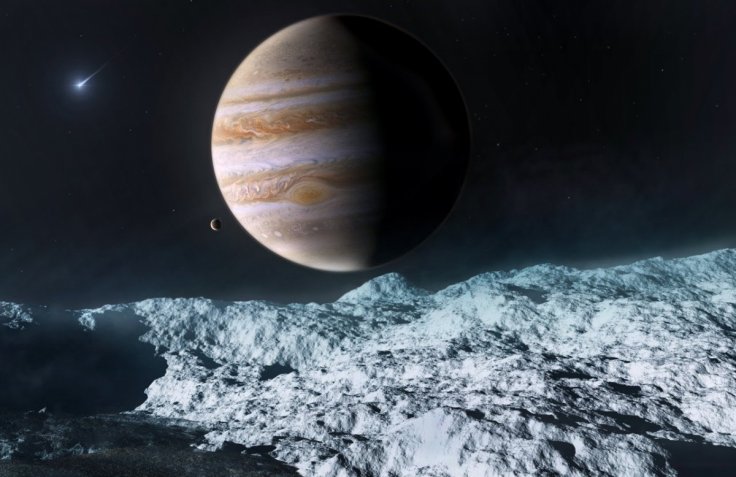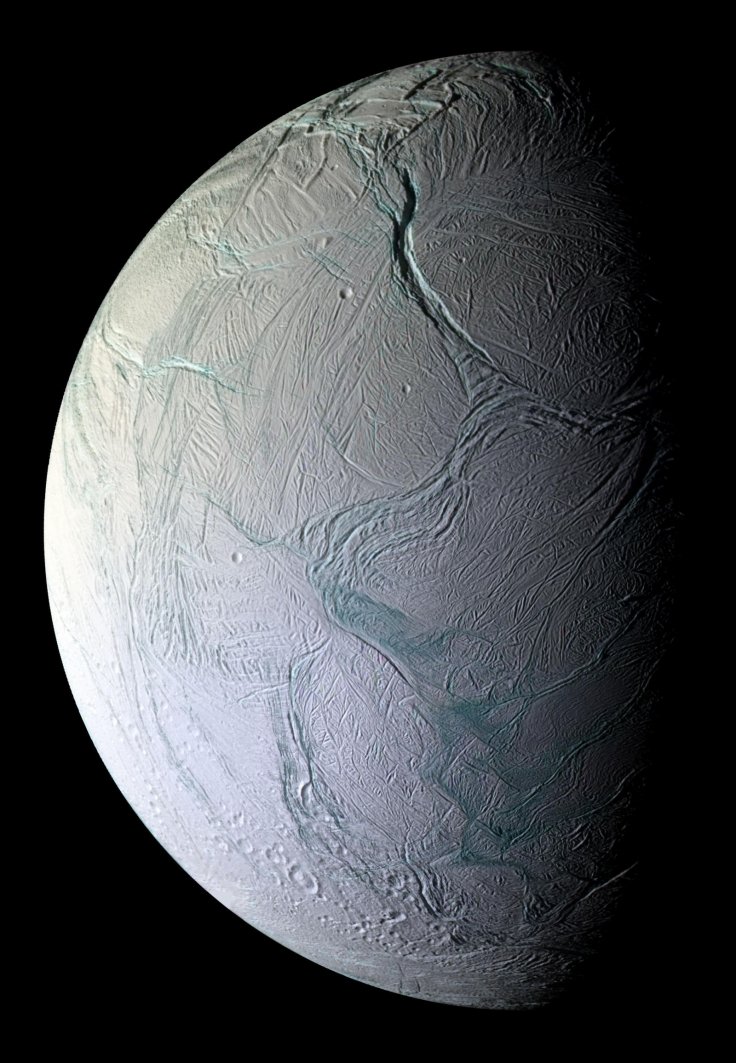NASA has confirmed that it plans to look for traces of alien life on other places aside from Mars. These include the icy moons of Jupiter and Saturn, which are Europa and Enceladus respectively.
According to scientific reports, the icy crusts of these natural satellites could be hiding vast liquid oceans, which could have the right conditions to support alien life. Scientists believe that the interaction between the moons' rocky cores and the oceans might have triggered a chemical reaction that could spark the evolution of life, Space.com reported.
Exploring Europa

Currently, NASA is working on a couple of projects that are focused on exploring Europa. One of these is the mission known as Europa Clipper, which would involve sending a robotic probe to study the surface of Jupiter's moon. Once there, the probe is also expected to collect readings from the moon's liquid oceans to detect traces of microbial life.
Another project that NASA is working on is a nuclear-powered drill system that's designed to penetrate Europa's thick icy shell, which is estimated to be about nine to 16 miles deep. The system, known as the Scientific Exploration Subsurface Access Mechanism for Europa, will be brought to the moon through a lander in a future mission. It will then be used to reach the natural satellite's subsurface oceans to check for the presence of life.
Exploring Enceladus

Although NASA could use the same technologies for the exploration of Saturn's Enceladus, the agency is currently developing new projects for future missions to the moon. This includes the Exobiology Extant Life Surveyor (EELS), which is an autonomous snake-like robot. It was designed to slip in between the cracks on Enceladus' surface to explore its liquid oceans. NASA confirmed that EELS will be part of a flagship mission to Enceladus. Aside from the robot, the mission would also involve deploying a lander, a probe and an orbiter to the natural satellite.
"A single Flagship-level mission that would search for life on Enceladus' surface, within its ice shell and in the subsurface ocean may be the most comprehensive opportunity for astrobiology in the coming decade," NASA scientists Jason Hofgartner stated.









